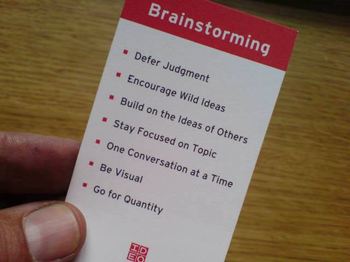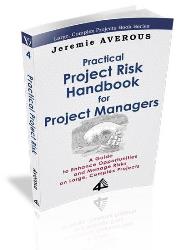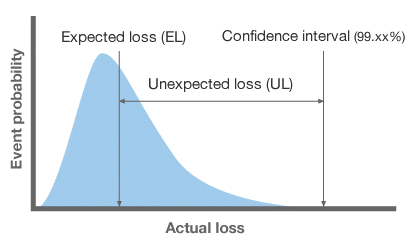Different consulting models are implemented when it comes to Enterprise transformation, be it limited or very comprehensive in scope. The issue is to seek maximum effectiveness in these projects: realizing effective, deep and sustainable change with the minimum expense in time and money. In this context we believe that the best approach is to set-up a team comprising mainly employees and complemented with a few external resources with differentiated skills and expertise to foster disruption and bring new ideas and methods on key aspects. Our new White Paper GDM-PVD-2015-02 ‘Why ‘Embedded Consulting’ Delivers Better Results for Enterprise Transformation’ written in partnership with GiDuMo explains the rationale of this approach and how it can be implemented in practice.
The two extremes when it comes to consulting interventions regarding enterprise transformation are:
- The ’embedded consulting’ with one or two ‘trusted advisors’ to Senior Management, most of the work done by employees temporarily assigned to the project and a very limited number of specialized consultants focused on specific capabilities that are lacking in the organization,
- A large team of consultants coming in and doing most of the work , delivering finished products (typically the business model of large consulting firms).

Should the consultant be the player or the person supporting the player?
There are a few intermediate options still in general it is possible to recognize the pattern of one or the other extreme.
The first approach is by far superior when it comes to sustainable results in the organization.
The reasons for this are actually quite straightforward:
- In option 1, the organization shows actual commitment by assigning resources to the transformation project. It shows commitment of the top of the organization, that management walks the talk and this can only be favorable to actual implementation,
- The employees directly involved in devising the transformation are the best spokespersons for what they have setup. As they are demobilized from the transformation project and come back to their usual position they instantly become a strong network of proponents of change embedded in the organization,
- As changes are devised by employees for the benefit of the organization, they are in general more pragmatic and closer to the needs of the organization.
Option 2 remains valid in cases in other projects where the organization’s DNA and culture is not directly touched. For enterprise transformation projects it does not seem to be the best solution, although it might appeal to the senior executives through the power of the brand of some large consulting companies.
If you have a project to transform or upgrade your organization, it is preferable to organize your transformation project around your employees supported by a limited number of senior and specialized consultants. And make sure that it is actually driven by someone from the organization and not by the consultants themselves! Actually, the prime responsibility of the client organization is to frame the required work, structure the Business Case, setup the Governance Model, hold the consultants to that frame, and make sure that the organization’s particular culture is embedded in the final deliverables. With the ’embedded consulting’ approach, your transformation will be sustainable, much better accepted and overall much more successful. Read Our new White Paper GDM-PVD-2015-02 ‘Why ‘Embedded Consulting’ Delivers Better Results for Enterprise Transformation’ to understand better how you should structure you next transformation project.
 Here are the methods developed in the paper:
Here are the methods developed in the paper: Practical Project Risk Management for Project Managers (now published – click on the link to see it on Amazon!)
Practical Project Risk Management for Project Managers (now published – click on the link to see it on Amazon!)








